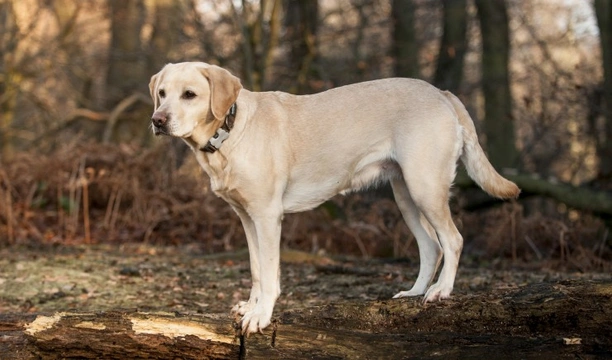
Exercise Induced Collapse (EIC)
Exercise induced collapse (EIC) is a hereditary health condition that leads to dogs affected with the condition going through periods of loss of their muscle control after exercise. These periods usually begin anything from five minutes to half an hour after exercise has stopped, and the exercise itself needs to be fairly intense to lead to a problem, and continue for up to half an hour at a time.
Exactly how badly the condition affects each dog can vary considerably from case to case too; some dogs will be unable to move around at all when an attack is in progress, while other dogs may attempt to move and will be able to stumble around.
Exercise induced collapse in dogs can often be managed, with some limitations, to allow affected dogs to lead otherwise normal lives-however, in some rare cases, attacks can lead to fatality in dogs too.
Exercise induced collapse is a hereditary health condition, which means that it cannot be caught or transferred from dog to dog other than by means of inheritance through their breed lines.
In order to limit and curb the spread of the condition across affected breeds of dog, The Kennel Club, in association with the British Veterinary Association, run a testing scheme for the condition, which allows the owners of dogs of at-risk breeds to find out their dog’s status and so make an informed decision on whether or not to breed from them.
In this article, we will look at exercise induced collapse in dogs in more detail, including what sort of dogs can be affected by the condition, how the heredity of the condition works, and how to get your dog tested. Read on to learn more.
More about exercise induced collapse
Exercise induced collapse in dogs took a long while to become recognised as a health condition in its own right and so, become examined and understood in more detail. Up until that point, the condition was widely confused with issues such as blood: sugar imbalances or heat intolerance, which lead to some delays in establishing the genetic nature of the condition and identifying the markers for it in affected dogs.
Not all forms of exercise lead to onsets of a bout of collapse, and dogs with the condition need to be exercised quite hard and intensively before they are apt to go through a spell of the condition.
Sometimes, just a few minutes of strenuous exercise is enough to lead to an attack, whilst in other situations and for some dogs, they may have a better tolerance, and attacks will be much rarer and harder to induce.
How severe each attack is for the dog in question can vary too, with some dogs being affected much worse than others, with total collapse and immobility that can last for as long as half an hour after exercise, while other dogs may only be affected for a few minutes, and still be able to move around to some extent.
The condition usually first presents with symptoms and so, can be diagnosed in relatively young dogs-under the age of three-but in less common cases, the condition may not become apparent until the dog is rather older.
What sort of dogs can be affected by the condition?
The condition can be found in several dog breeds of the retriever type, including the Labrador retriever, curly coated retrieverand Chesapeake bay retriever, but it has also been diagnosed in various other breeds too, including the Cocker spaniel, Clumber Spaniel and Pembroke Welsh corgi.
Cross breeds and mixed breed dogs that have partial ancestry from any breed known to carry the markers for the condition in their gene pools can of course also potentially inherit the gene fault that causes the condition as well.
How does the heredity of the condition work?
Exercise induced collapse is an autosomal recessive disorder, which means that the heredity of it in subsequent generations produced by any given mating match can be determined by knowing the status of the two parents dogs: clear, carrier or affected.
- Two parent dogs that are clear will produce clear puppies.
- Two parent dogs that are affected will produce affected puppies.
- Two parent dogs that are carriers will produce puppies with a 50% chance of being carriers, 25% chance of being clear and 25% chance of being affected.
- A clear dog and a carrier will produce a litter with 50:50 odds of being a carrier or clear respectively.
- A clear dog and an affected dog will produce a litter of carriers.
- A carrier and an affected dog will produce a litter with 50:50 odds of being either a carrier or affected.
How to get your dog tested
In order to get your dog tested for exercise induced collapse, you will need to ask your vet to take a DNA sample from your dog, and then send it off to one of The Kennel Club’s approved laboratories. They will then return the status of your dog to you, so that you can make an informed decision about whether or not to breed from them.



